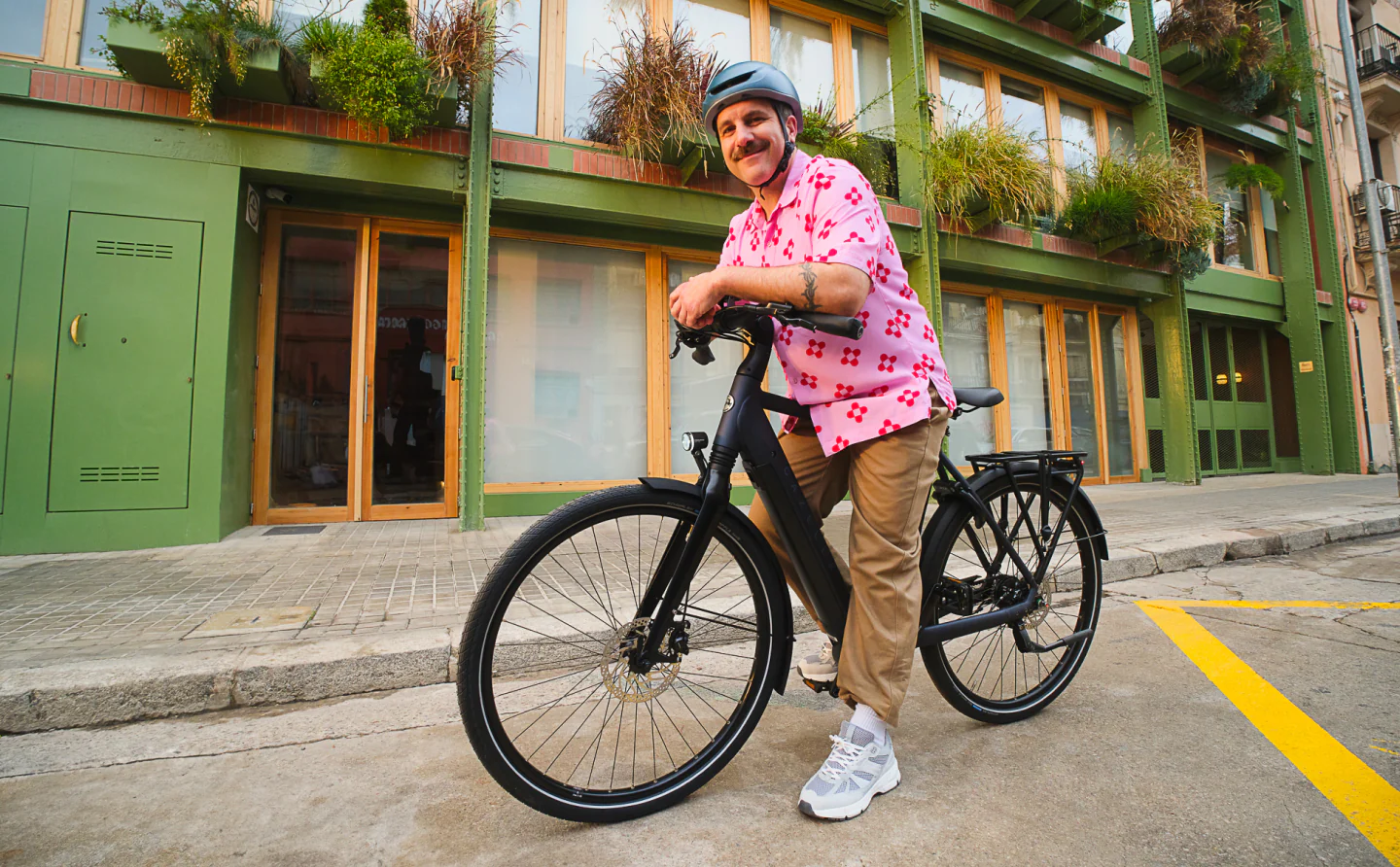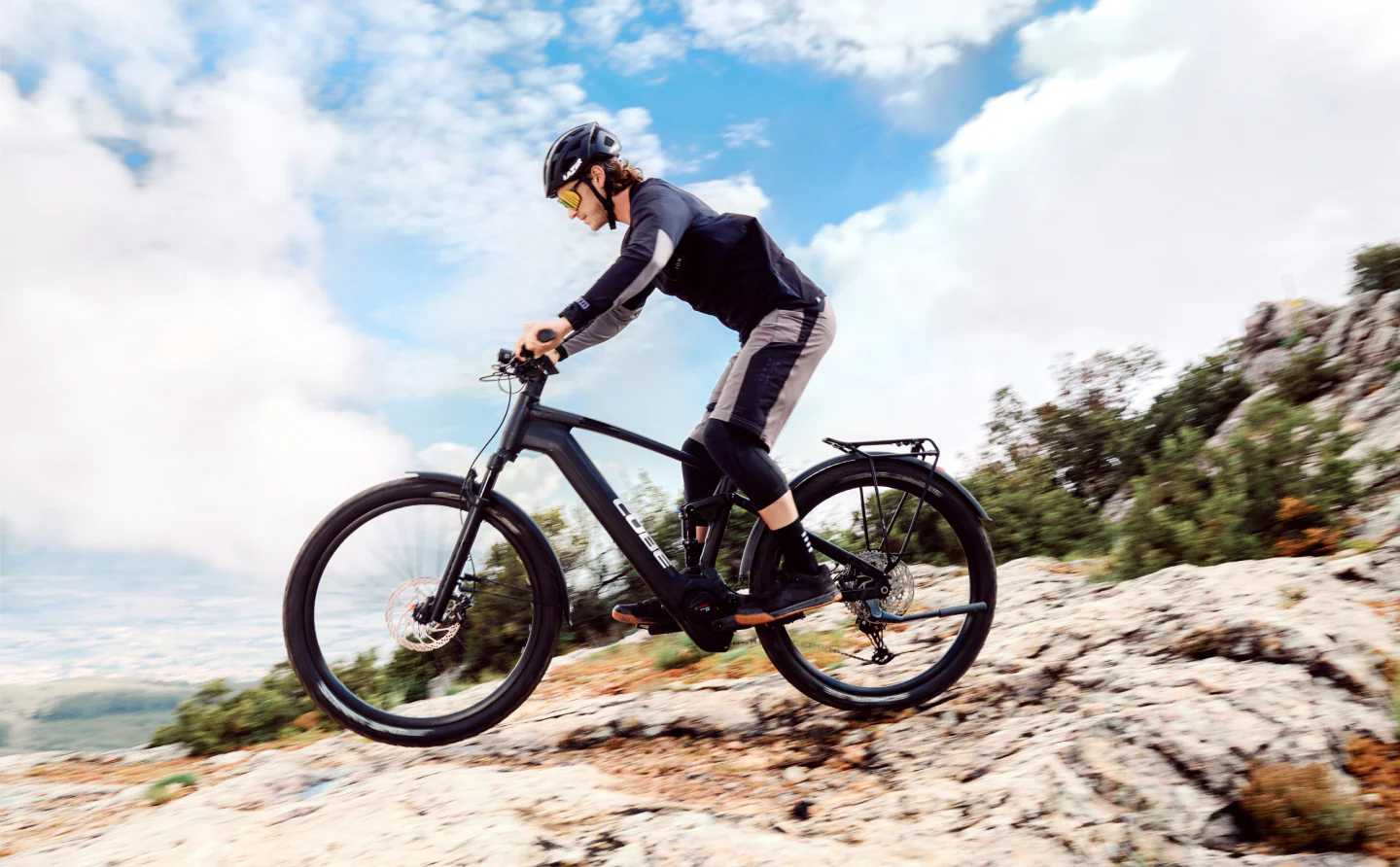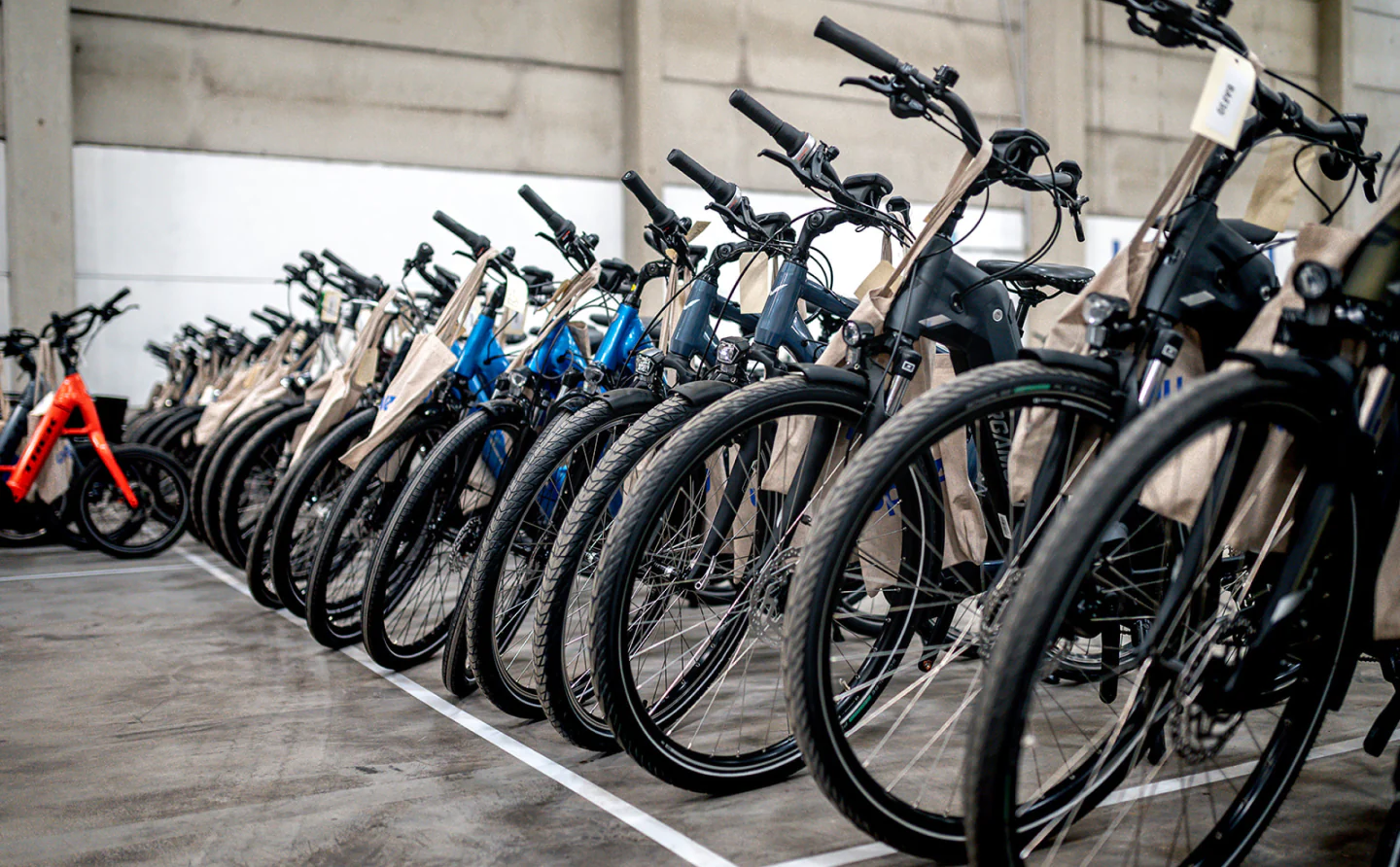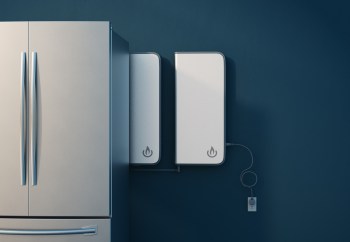The materials list for battery innovations is typically a tour of the periodic table of elements.
Lithium, sodium, manganese, and cobalt are among the ingredients often included. Now, researchers from the Korea Institute of Energy Research (KIER) can add water and zinc to their lab's inventory, according to a report posted by EurekAlert.
KIER has been regularly making headlines for power pack breakthroughs and other innovations. The latest aqueous-zinc invention promises to be safe, cheap, and "theoretically" store twice as much energy as traditional lithium-ion batteries. The last upgrade is because the power pack uses two electrons per ion instead of one, according to the lab summary.
When a battery operates, ions move between the anode and cathode in a substance called electrolyte. These key parts are often the subject of experimentation as researchers try to find the best-performing, least-costly materials.
"The batteries using the research team's technology demonstrated a lifespan more than 10 times longer than conventional aqueous-zinc batteries, increasing the potential for commercialization," the report added.
These impressive results are accomplished in part by using inexpensive materials like water. An aqueous electrolyte also comes with nearly no fire risk, according to the report. While rare, lithium-ion packs can catch fire, often making headlines when powering electric vehicles. But gas-burning cars are, in fact, more likely to combust, as reported by the Boston Globe.
Watch now: Can the government create hurricanes?
Troublesome dendrites are another problem addressed by KIER. The metal, branchy formations grow during battery cycles, and can cause malfunctions.
The report explained that the experts addressed the problem with copper.
"The research team successfully used copper oxide to promote uniform zinc deposition and control dendrite formation," per the summary. "After distributing zinc uniformly, copper oxide self-transforms into a scaffold. The scaffold acts like a fence, suppressing disordered zinc deposition and growth."
 Do you worry about the longevity of EV batteries?
Do you worry about the longevity of EV batteries?
 For sure
For sure 
 Not really
Not really 
 Not at all
Not at all 
 I've never thought about it
I've never thought about it 
 Click your choice to see results and speak your mind
Click your choice to see results and speak your mind
This is all happening at the "nano-micro" level, the report noted.
TCD Picks » Upway Spotlight

Better batteries are key to expediting the adoption of cleaner EVs and grid storage for intermittent renewable energy from the sun, wind, and waves. The International Energy Agency reports that globally, nearly one-fifth of vehicles sold last year were electric. And the United Nations adds that about 29% of worldwide electricity is from renewable sources.
Improved batteries from labs like KIER are crucial to growing those numbers, ultimately preventing the production of heat-trapping air pollution. The fumes are associated by medical experts with increased risks for lung, heart, and other health problems.
Anyone can help, even from outside the laboratory. Community solar programs allow homeowners to tap into solar farm production without adding panels to their properties — and also allow renters to participate. Better yet, folks with an average utility bill of $125 can save up to $150 a year in energy expenses.
At KIER, lead researcher Jung-Je Woo said in the EurekAlert report that his team's achievement provides a low-cost solution with high potential.
"We aim to contribute to the commercialization of aqueous batteries through follow-up research," he said.
Join our free newsletter for weekly updates on the latest innovations improving our lives and shaping our future, and don't miss this cool list of easy ways to help yourself while helping the planet.














